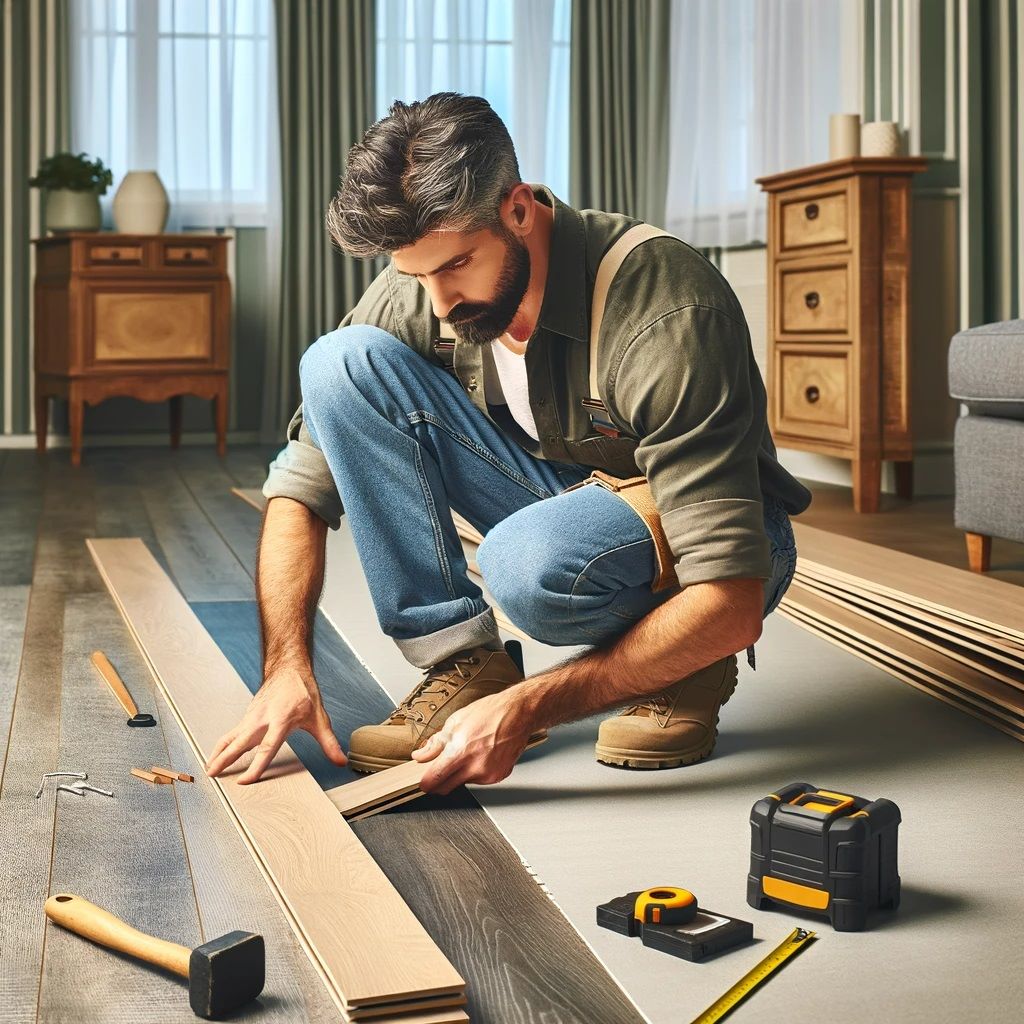Which Is Best , Solid Wood or Engineered Wood Floors
When it comes to our flooring, we often wonder the difference between the different types of wood flooring. While we all have seen wood flooring around our entire lives, much of this flooring isn’t actually solid hardwood, as you might think. For the most part, most people really cannot tell the difference between natural hardwood to other flooring types such as laminate floors, as they are made to emulate the real deal. However, there are some differences that we thought would be noted. What is the best? It really is up to you and what you plan to do with your flooring. There are some benefits and drawbacks to both types of wood flooring. We will leave it up to you to decide. However, if you read the following information, we are always here to help you understand the differences even further.
When looking at flooring, you should ask how long you want the flooring to last, your budget, and the wear and tear your flooring will see. Sometimes hardwood flooring is a great option, and, of course, it has been around for years. But, engineered flooring makes more sense in other cases. Let’s take a look at the differences between the two to make an informed decision on what is best for you.
The Appearance
Solid wood flooring is available in long planks and is typically made of hardwood species. The boards interlock when installed due to the milled edges with tongue and groove. It is always nailed to the subfloor, which is a skillful process. Because it is made of solid wood, this flooring can be sanded and refinished several times. When treated properly, hardwood flooring can last a lifetime or more.
Solid wood and Engineered wood flooring look very similar. Engineered wood is made up of plywood that has a thin layer of the actual hardwood on top. It has excellent stability. A high-quality engineered wood floor can have a lifespan of up to 50 years and is known to be easier to install and less expensive.
Resistance to water and heat
Neither material is recommended for installation in truly wet areas. Both types of hardwood are heat resistant. But, as for humidity, it is different. The moisture from a concrete slab can migrate up and through hardwood making it buckle and swell. Because of this, it is not recommended that solid hardwood be installed against concrete slabs. You should look into Engineered hardwood for a project that involves laying the flooring over concrete because its plywood construction makes it more stable and less prone to warping. It is also important to note that engineered hardwood performs slightly better in humid environments.
Cleaning and Maintenance
Both solid hardwood and engineered wood flooring are simple to clean, requiring only vacuuming and sweeping, as well as occasional damp-mopping with an approved wood cleaner. However, you want to avoid using steam on either wood for cleaning.
Maintenance and Durability
When looking at durability and maintenance, solid hardwood is better. However, you also need to consider how long your flooring will last. Engineered hardwoods can last for many years without issues if cared for properly. While solid hardwood can be sanded and refinished several times over its lifetime, engineered hardwood can be sanded and refinished only a handful of times, if even that. It will depend on the manufacturer of the engineered wood and how many times it can be refinished. Both are fairly easy to maintain, just simple cleaning is needed, and both are very durable.
Some say installing engineering flooring is easier than solid hardwood. In fact, most people that are doing DIY prefer it. However, both are very doable. If you want Dublin Floors and Doors to install your floor just give us a call.




